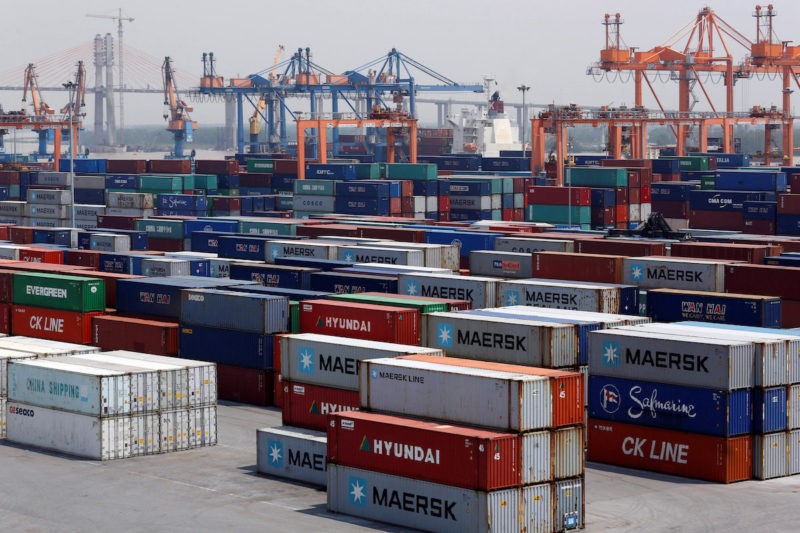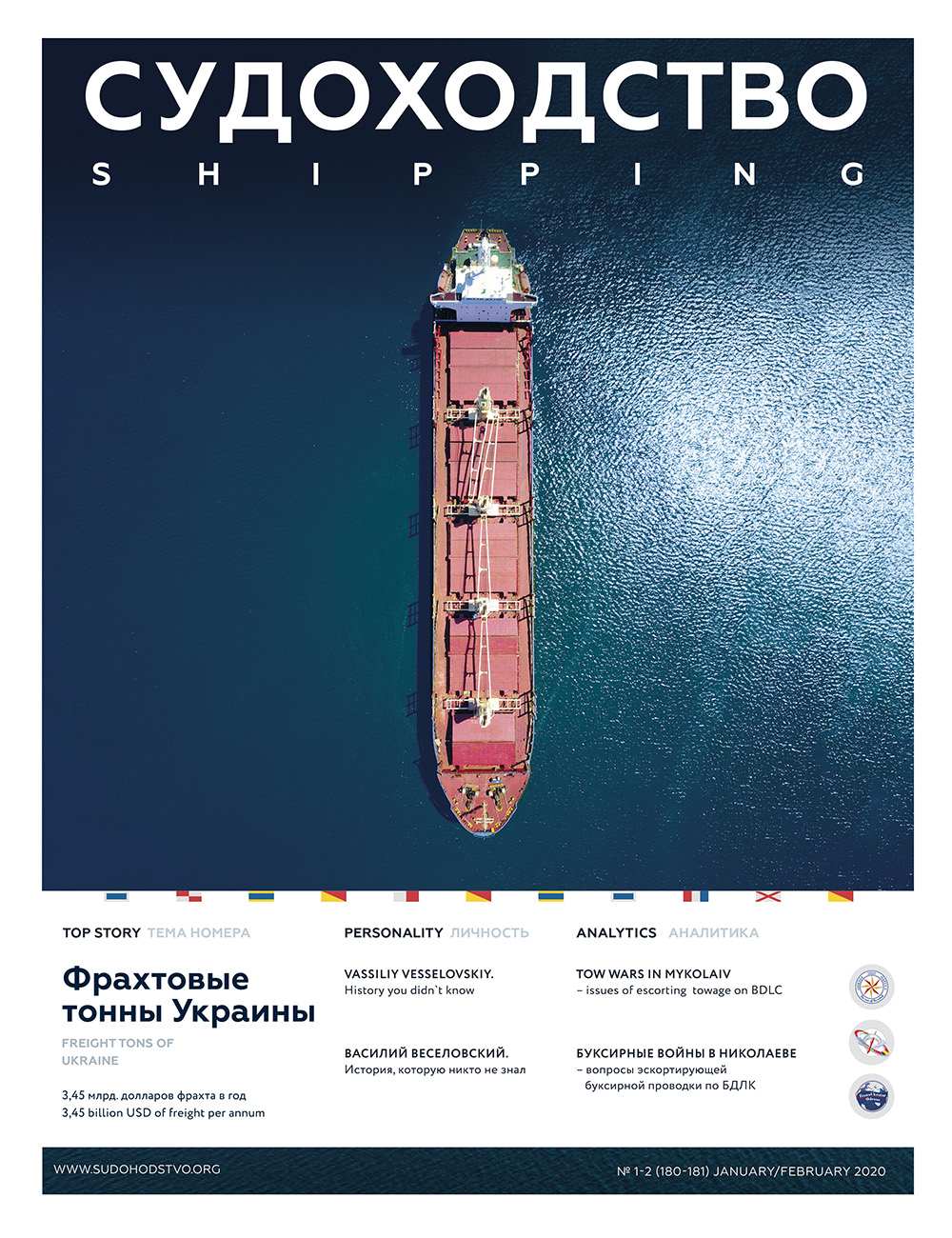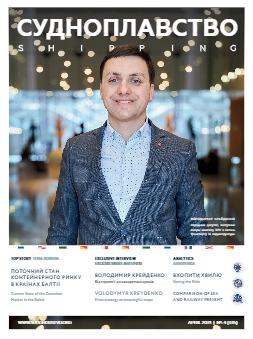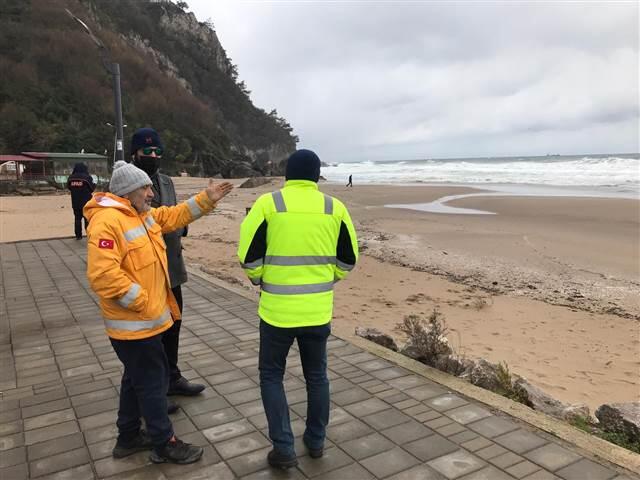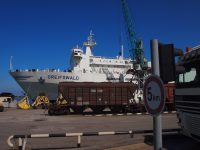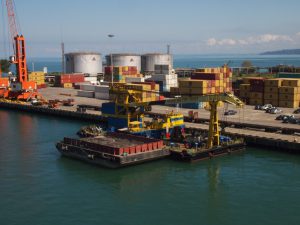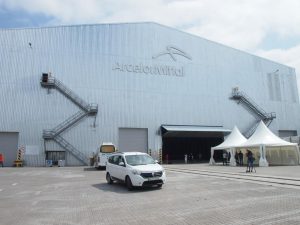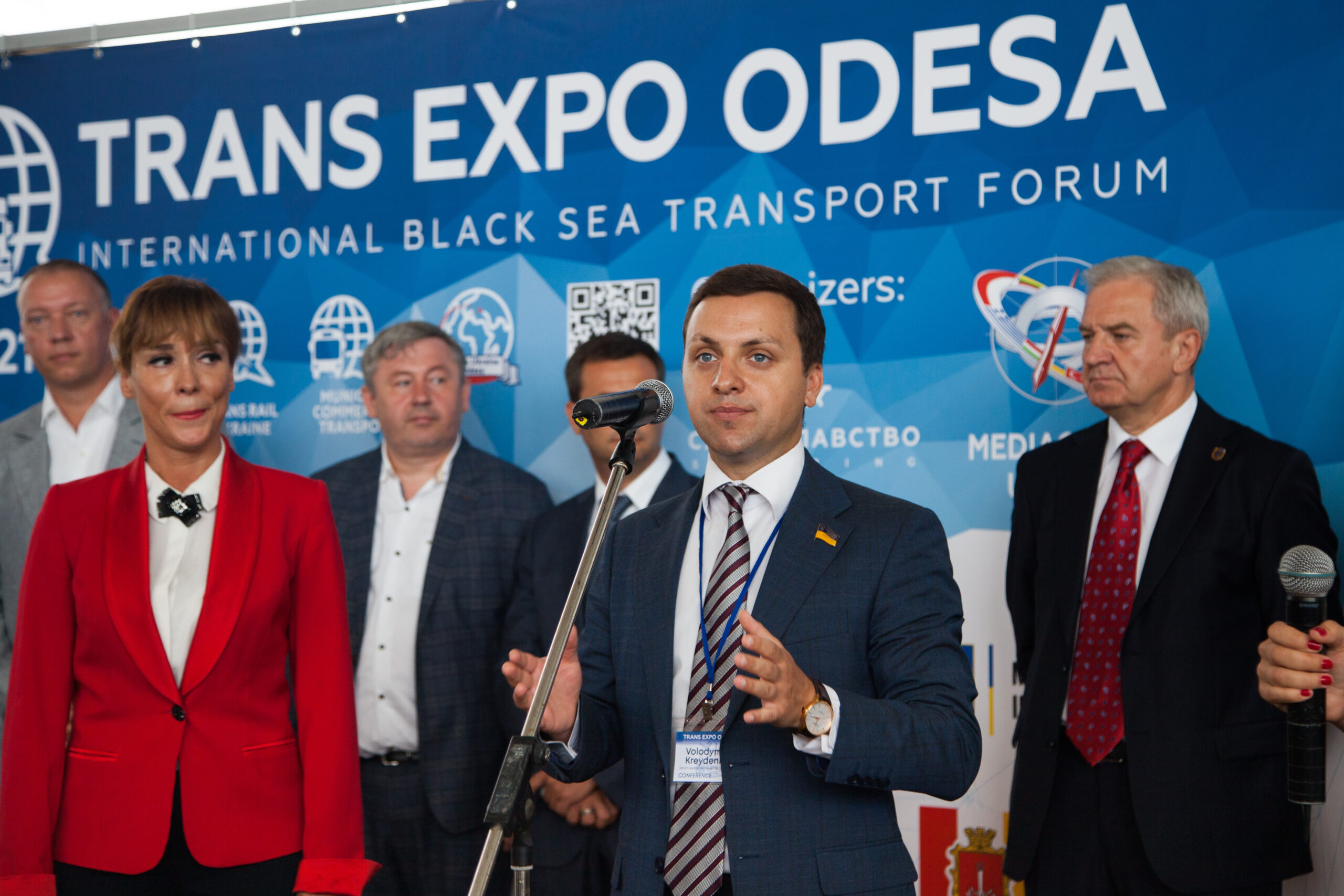
MediaCompas company and the Shipping magazine were the organizers of the international transport forum TRANS EXPO ODESA 2021 (31.08-02.09). In the framework of the 24th interna-tional conference «Development of the transport system of Ukraine: challenges and prospects. FOCUS: ports and multimodal transportation. How to disperse GDP» was a presentation of the Ministry of Infrastructure — Drive Ukraine 2030. In which the emphasis ambitious plans and the «great infrastructure revolution» can give a renewed impetus to Ukraine. The plans aim at development of international highways such as: Go Highway, Via Carpatia, extension of Odessa-Reni to Greece, as well as the development of domestic destinations, namely Lviv-Kyiv-Kharkiv-Donetsk, Kyiv-Kerch, Poltava-Dnipro. What has been done in this regard and what are the prospects for development?
The National Transport Strategy of Ukraine 2030 «Drive Ukraine 2030» was developed by the Ministry of Infra-structure and approved by the Cabinet of Ministers of Ukraine in 2018. On April 7, 2021, the Cabinet of Ministers adopted an order «On approval of the action plan for the implementation of the National Transport Strategy of Ukraine for the period up to 2030». Neither the Transport Strategy itself nor the Action Plan include the indicators and figures shown in the presentation of the Ministry of Infrastructure «Drive Ukraine 2030».
Nowadays, within the framework of the «Large Construction» program, the construction and restoration of roads in all parts of Ukraine is ongoing, including the mentioned areas.For example, on the Go Highway, most of the work has already been completed. Currently, the purchase of private land plots and other facilities is underway, on the site of which the construction of the Northern Bypass Road of Lviv, which is part of this transport corridor, will begin.
As for the Via Carpatia motorway, the branch of which is planned to enter Ukraine, it largely coincides with the Ky-iv-Chop and Go Highway highways, which have already been repaired and are in excellent condition. Also, there is an active construction and repair of roads in the Poltava region on sections of roads that are part of the transport corridors Lviv-Kyiv-Kharkiv-Donetsk and Poltava-Dnipro (on sections in other areas the work has already been completed).
What are the trends in the development of road freight transport?
One of the main problems in the transportation of goods by road is the absence of accurate statistics in this area. Thus, about 30% of freight remains in the shadow, payment for freight is made in cash. At the same time, the vol-ume of cargo transportation by road is growing every year.
The main trends in the transportation of goods by road is the growth of goods in the construction, food and pro-cessing industries. In addition, there is an increase in container traffic.
Within the market there are contradictions between the participants related to dimensional and weight control (GVK, acronym in UA) on highways. Some trucking companies operate within the GVK, but most do not meet these conditions. The largest volume of cargo transportation in violation of GVK is recorded in the agricultural market. Approximately 60 or 65% of agricultural products are transported by truckers with violation of GVK.
The Verkhovna Rada adopted bills №3742 and №3743, which at the legislative level enshrine the possibility of fixing violations of dimensional and weight parameters automatically using WIM-systems. In 2020, more than 50 WIMs were launched, and by the end of 2021, around 100 complexes will operate across the country.
In addition, the mentioned bills envisage a fine for exceeding the weight and dimensions standards from 5% to over 30%, which varies from UAH 8,500 to UAH 51,000.
Strengthening the responsibility for violation of weight parameters on the roads will stimulate truckers to transport goods within the established weight norms (gross — not more than 40 tons; for container trucks — not more than 44 tons; in parallel, the load on the axle of trucks will be monitored). Such measures will save the roads that are cur-rently being actively repaired and built under the «Great Construction».
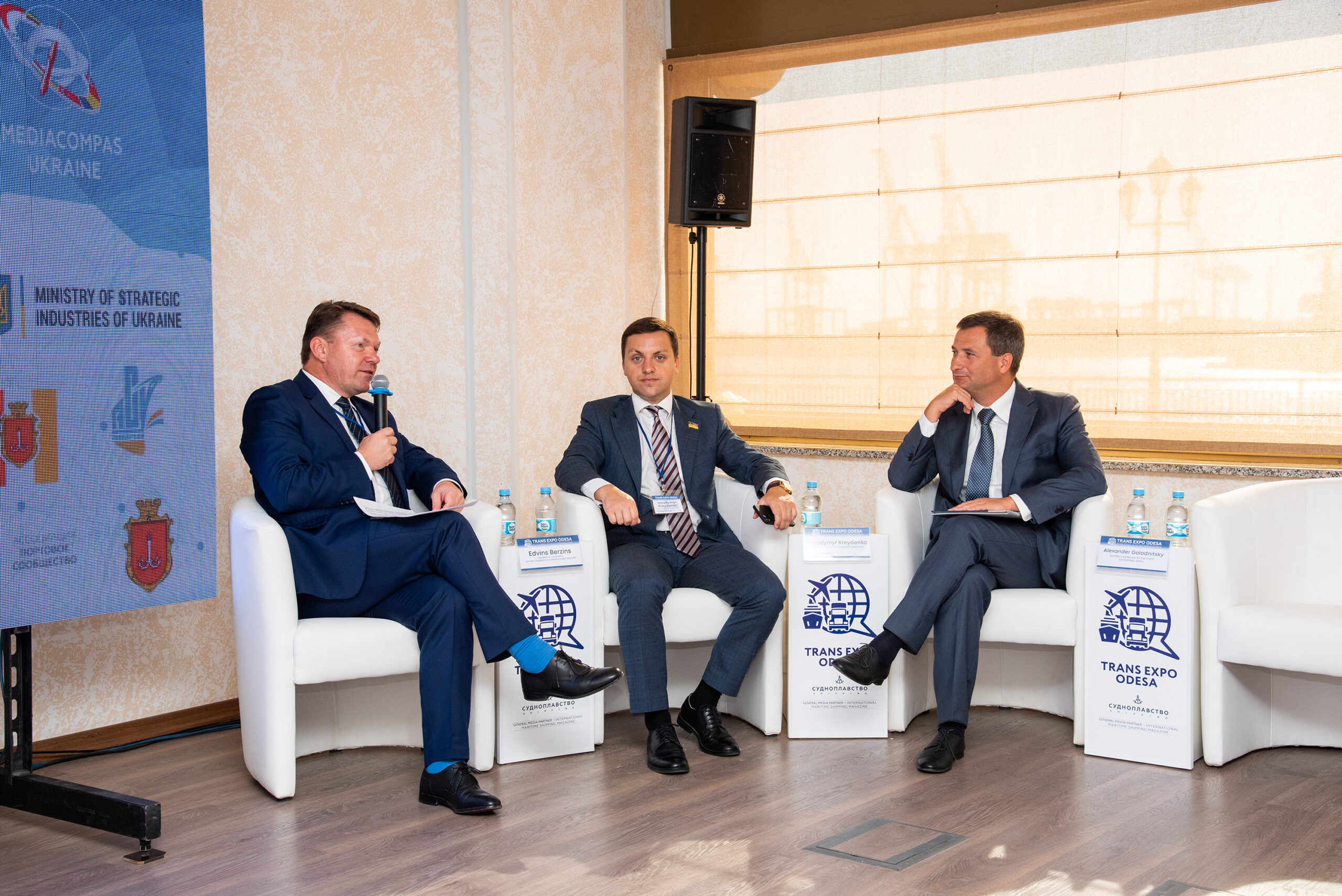
At what stage is the experiment with the admission of private traction to public railways at the moment? Why has the project failed so far?
Launchubg the admission of private traction on the railway is a serious impetus to the creation of a competitive market for rail transport.
It is worth saying that the first two participants of the pilot project have already invested in traction, received certificates, recruited locomotive crews with a view to launching an experiment and further market liberalization. However, the problem is that they cannot start transportation for more than six months due to extremely unfavorable tariff policies. For shippers, the cost of transportation with the participants of the «pilot» is higher than with Ukrzaliznytsia, and the question is not in the desire of the participants of the experiment to earn more now, but in the current tariffs for private locomotives. It is unprofitable to drive in such conditions, but it is just as unprofitable to stand — companies continue to incur significant financial costs for the maintenance of locomotive crews and locomotive fleet. In this regard, under the current conditions, the use of private traction makes sense only in those limited areas where Ukrzaliznytsia has problems with the lack of the required number of traction or the need to meet the technological processes of the enterprise.
The Drive Ukraine 2030 strategy claims that by the year 2030 100% of locomotives could be replaced and the wagon fleet could be upgraded by 100%. What are the prospects for achieving these goals?
In 2020, Ukrzaliznytsia purchased 28 new passenger wagons at its own expense, compared to 19 in 2019. Thirteen wagons underwent overhaul, 439 were overhauled at the first stage. For the first time, the State Budget 2021 provides UAH 4.025 billion to upgrade rolling stock and modernize railway infrastructure.
In May this year, President of Ukraine Volodymyr Zelensky signed a law ratifying an agreement between France and Ukraine on the purchase of 130 Alstom freight electric locomotives. The deal amounted to 882.5 million euros. 85% of the contract will be financed by France, and Ukraine will receive 350 million euros as a loan from the French Treasury and another 400 million euros — as a loan from a French bank. About 15% of the purchase will be provided by the Ukrainian state budget. Ukraine will purchase 80 dual-system and 50 single-system locomotives. The agreement provides for 35% localization of production in Ukraine.
This year, overhaul and modernization of 100 locomotives is planned and is already underway. In addition, in June this year, Ukrzaliznytsia signed an agreement with PJSC Kryukiv Carriage Plant to supply 100 new passenger wagons. The first batch is being expected this year.
A memorandum has been recently signed with Switzerland, launching the Swiss Confederation’s export financing to Ukraine. Funds of up to 500 million euros will go to the development of the railway sector. The cooperation envisages not only the purchase of Stadler trains, but also the localization of production, thanks to the construction of a new plant in Ukraine. As part of the City Express project, it is planned to purchase 30 suburban electric trains manufactured by this company for Kyiv, and another 30 will be distributed between Kharkiv and Dnipro. In addition, the memorandum refers to 20 new regional electric trains and 10 long-distance electric trains manufactured by Stadler to upgrade the rolling stock of Ukrzaliznytsia.
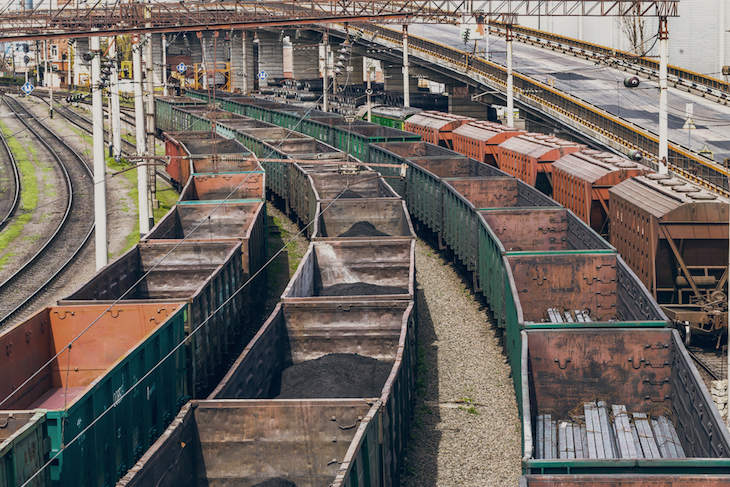
Is it realistic to increase the average speed of the railway to 150 km / h, as stated in the strategy «Drive Ukraine 2030»? What is being done in order to replace the track Kyiv-Odessa, Kyiv-Lviv, Kyiv-Kharkiv, Kyiv-Dnipro with a track of European standard?
In 2021 the implementation of a high-speed rail project should begin in Ukraine. In particular, it provides for the construction of a European standard railway track with an average speed of 250 km / h. Four sections with a total length of almost two thousand kilometers were selected for this project: Kyiv-Lviv-state border, Kyiv-Odessa, Kyiv-Kharkiv, Kyiv-Dnipro-Zaporizhia. This is one tenth of the length of the main tracks that now exist in Ukraine.
The first railway line with a speed of up to 250 km / h will connect the state border with Poland and the city of Lviv (Sknyliv station) with the possibility of extending the line to Kyiv and further development of the Trans-European Transport Network TENT-T. The project envisages the construction of infrastructure for servicing InterCity trains and container transportation in the direction of the European Union.
The stations of Kyiv, Odesa, Lviv, Vinnytsia, Khmelnytsky, Ternopil and Bila Tserkva will be modernized for high-speed traffic.
Due to its favorable geographical position, Ukraine is a hub between Europe and Asia, but we need a transparent and efficient mechanism for customs clearance, a quality system of international multimodal transportation. What are the plans in this regard?
It is planned to develop, deliver and implement the E-cargo system By the end of this year.
E-cargo is a system of providing multimodal freight transportation, integration with other systems, and digitalization of processes in the ports of Ukraine.
The purpose of the project is to implement the process of international multimodal transportation and provide stakeholders with all necessary tools. In-depth integration with the Customs Service, Ukrzaliznytsia, Ukrtransbezpeky systems and the electronic
TTN system will enable the construction of qualitatively new services. The centralized state system will return process management to the hands of the state and significantly increase international cargo turnover, including container, due to modern integration links with global logistics operators and systems of other countries, including the state-owned entities.
Do the Ukrainian ports have any chance to get into the ranking of the top 100 largest container ports in the world and what are the vectors of the industry’s development? What are the prospects for attracting container traffic?
In 2020, despite the COVID crisis, 159 million tons of cargo were transported through Ukrainian ports, which corresponds to the level of the 2019 forecast. Last year, Ukrainian seaports took 2nd place in terms of cargo handling among the countries of the Black Sea-Azov basin.
In 2020, concession agreements were signed between the ports of Kherson (for UAH 300 million) and Olbia (for UAH 3.4 billion). More than 110 million dollars were invested in port infrastructure: berth 1 in the port of Odessa, berth 4 in the port of Mariupol, a grain cargo warehouse and a transshipment complex in the port of Renie were built and reconstructed.Preparations for the Chernomorsk port concession have already begun this year. The privatization of the port of Belgorod-Dniester has started. These measures should significantly improve the position of our ports on the world stage. All the prerequisites for this are there and the work continues.
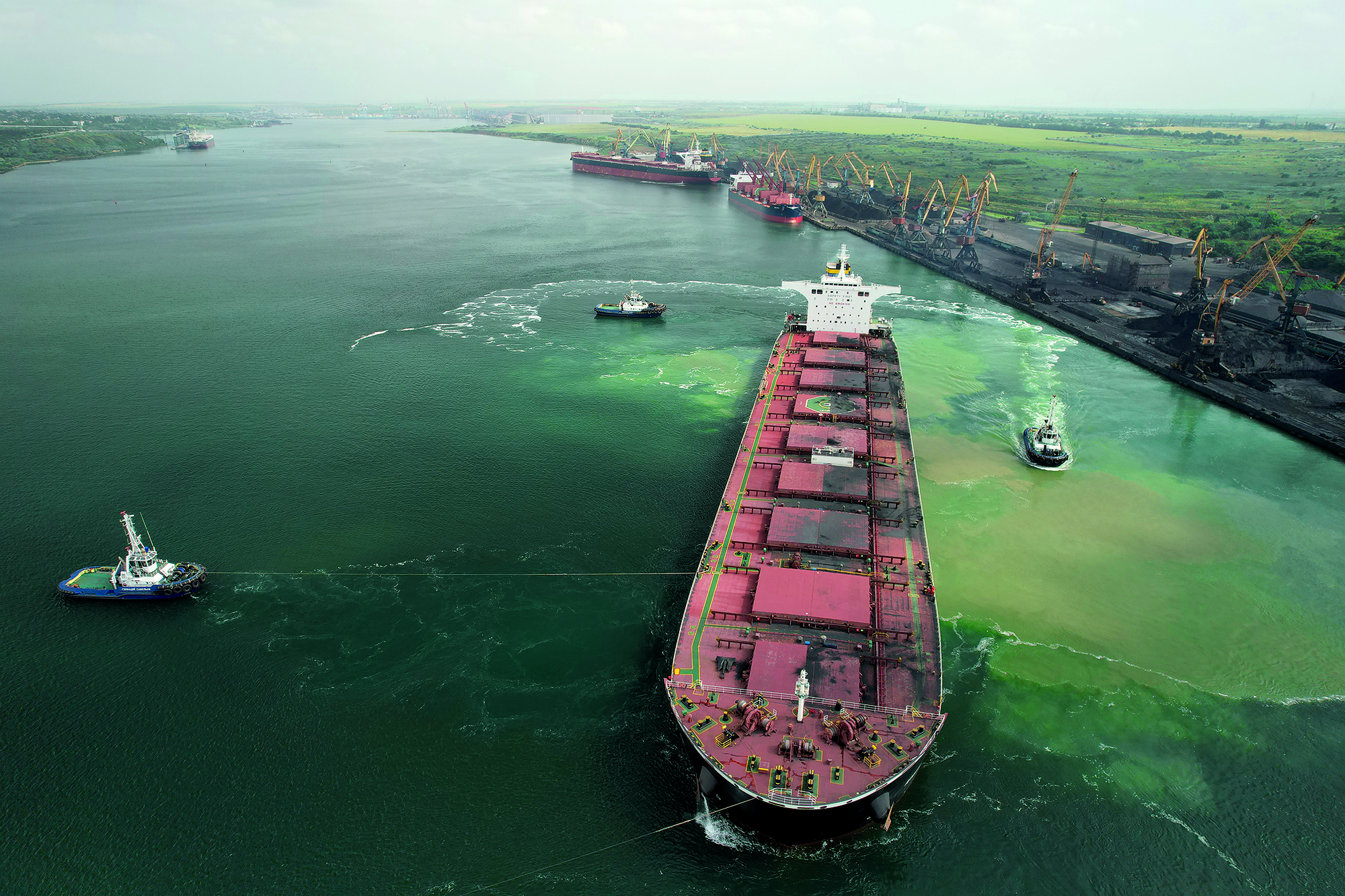
The mentioned strategy «Drive Ukraine 2030» sets an ambitious goal, wordle, in Ukraine by 2030 the transportation of goods by inland waterways should be 50 million tons per year. What are the prospects and what are the plans for the future?
In 2021, river freight traffic on the Dnieper has increased by 66% compared to the same period last year. Relevant bylaws are being actively prepared for the implementation of the new law «On Inland Water Transport», as well as for the creation of a separate State Fund for Inland Waterways, from which the necessary river infrastructure will be modernized and restored in the future.
Already it is planned to bring the locks on the Dnieper (Kaniv, Kakhovka, Kyiv, Middle Dnieper) in proper technical condition during this year. I hope that after the Law on Inland Water Transport enters into force on January 1, 2022, the Ukrainian river freight industry will receive a serious impetus to development.


